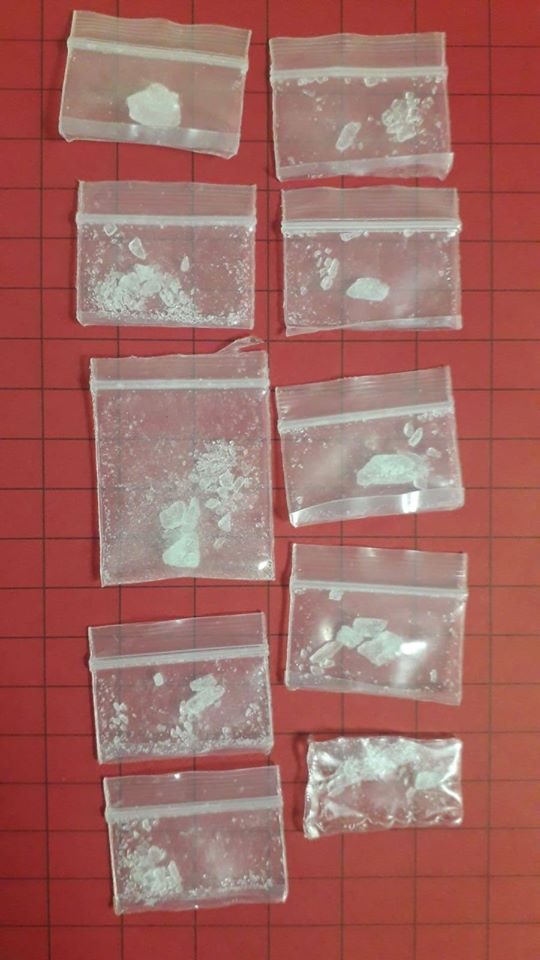The Vatu Vola and its mysteries
SEATED on the mountain top of the chiefly vanua of Mabuco, ancient rocks stained and tainted by scars of various weather have become a global subject that has bewildered many curious visitors.
Word of these ancient rocks, known as ‘Vatu Vola’ at Dakuniba Village in Cakaudrove, has reached global ends as many have tried to identify the mysterious writings it contains.
Last year, a team of scientists from Israel visited the site to compare the writings on those rocks with the ones they had found in their country and on the pyramid in Egypt.
According to the traditional leader of Dakuniba Village, Jone Cagilaba, the team could only identify one letter which was ‘Y’.
This letter ‘Y’, Mr Cagilaba said, had been identified by the group as ‘Yahweh’ (the God Almighty).
“The rest of the letters they could not understand and they suspect it is a little bit of Hebrew writing but can’t understand it all,” he said.
“But they do know that it is similar to other writings they have seen in a place of their country and at the pyramids in Egypt.
“So they have taken photos of the writings on the rocks and gone to compare it with what they have found and they will return next year to try and finalise their findings.”
Mr Cagilaba said the team also informed him that the letter ‘Y’ was included in the other scripts on rocks found in Israel and on the pyramid.
He added the team also identified the word ‘Yahweh’ on those rocks and the pyramid found in their homeland.
The mountain walk
The journey to the mountain top was definitely a tiring one as the hilly terrain of the deep forest seemed to never end.
Sounds of gushing streams echoed through the damp forest and leaves ruffled in mid-air as occasional gusts swept from the seaside, breathed on land.
In restless motion, no one spoke a word as we realised the importance of saving our breaths for the unending hilly walk.
But through this quiet walk, Nawi villager Iosefino Malake blurted: “This is the bad thing about being a journalist because you have to go to difficult places like this.”
That certainly broke the silence as laughter erupted in the forest, suddenly quietening the chirps of birds that might have sensed our presence.
Then about 10 metres away from where we stood, these historic rocks sat magically on a hillside overlooking the forest of Mabuco, mottled by prints of past environmental conditions, yet its inch depth carvings remained visible.
The rocks were scattered, not too far apart, some covered with overgrown creepers, dust and mud while others remained clean and exposed.
History says that these rocks were on board the Rogovoka ship and when it berthed along the shores of Dakuniba, it was offloaded and taken to the spot where it currently sits.
The Rogovoka — An account of the
Mabuco people
“This ship travelled to Fiji and our forefathers say that the ship’s last trip was to Mabuco and it anchored just outside Dakuniba Village,” Mr Cagilaba said.
“In fact, this ship was so huge that it occupied the length along the coast of this village (Dakuniba) with its body taking up the space towards the coast of Vunisavisavi Village.
“It was so huge that everyone in Fiji could get into this boat and this coast was its last anchorage.”
The ship, he said, travelled from Verata and the Vatu Vola was kept inside the ship.
“Stories passed down from our ancestors is that they had brought the Vatu Vola with them from Verata in Tailevu,” he said.
“So originally, we are from Verata and we were brought here by Vueti the warrior who was the son of Paula from Motoriki whose mother is Buisavulu and is the only daughter of Lutunasobasoba.
“Buisavulu is the sister of Rokomautu, the chief of Verata.”
This same ship, Mr Cagilaba said, had also transferred sacred rocks to the king of Tonga in those days before making its way to Fiji.
“Stories passed down to us by our ancestors say that when this ship arrived here at Mabuco, those on board, believed to have initially travelled from Egypt offloaded the rocks,” he said.
“Our forefathers who have passed away always told us that the ship came from Egypt and when the team from Israel told us last year that the writings on the Vatu Vola were similar to the ones at the pyramid, we believed our forefathers.”
The original shape of the rock was in a human form.
“When our ancestors took it to the mountain top, they stood the rock up and they say that it was in a human form,” Mr Cagilaba said.
“It had a head, arms and legs but in the form of rocks and it broke to pieces over the years because of changing weather including cyclones.
“But these rocks have brought people from around the world to Dakuniba because they want to know the meaning of these writings.”
Even the people of Mabuco don’t know what these writings mean.
But their story regarding the ship Rogovoka is supported by evidence experienced from the time of their forefathers.
“Our history says that after the rocks were taken up to the mountain, our ancestors then sunk the ship because in those days, people around Fiji heard about the Vatu Vola,” Mr Cagilaba said.
“They did this because they didn’t want anyone else to track down the ship because that will lead them to the Vatu Vola.
Next week:
– Evidence of Rogovoka in Mabuco.
– The anchorage spot of Rogovoka.
– The Rogovoka mountain range.
– The riches of Mabuco.






